Move files to a new Windows PC using OneDrive
Applies To
If you're making the move to a new PC, OneDrive can help you bring all your files, photos, and videos with you. Your files will be available on your new PC, and they'll also be protected in the cloud, so you can access them from anywhere, across all your devices.
Here's how to move files to a new Windows 10 or 11 PC using OneDrive.
Note: If you’re moving from a Windows 7 PC to a Windows 10 PC, see Move files off a Windows 7 PC with OneDrive.

1. Make sure OneDrive is set up on your current PC
You can get OneDrive cloud storage in a few ways—either with 5 GB of free storage when you sign in with a Microsoft account or with 1 TB of storage when you subscribe to Microsoft 365. Compare plans
-
Open File Explorer.
-
Open your OneDrive folder, and ensure everything from this PC that you want to move to your new PC is in that folder.
-
To double check, you can sign in to OneDrive online. The files and folders you see in your OneDrive are what you'll be able to move to your new device.
-
-
If there are any files or folders you want to move that aren't appearing in your OneDrive folder, go to the step below "Sync the files and photos you want to OneDrive."
If OneDrive isn't set up:
-
In the search box on the taskbar, enter “OneDrive,” and select it from the list of results.
-
When OneDrive Setup starts, enter your personal, work, or school account. You can use your current email address or phone number to set up a personal Microsoft account, or create a new Outlook.com email address for free to give you access to OneDrive, Skype, Office for the web, and more.
-
Follow the remaining steps to complete your OneDrive setup.
If you want to add a new OneDrive account:
-
Open OneDrive settings (select the OneDrive cloud icon in your notification area, and then select the OneDrive Help and Settings icon then Settings.)
-
Go to the Account tab.
-
Select Add an account.
Note: You can only have one personal account.
OneDrive Setup will open. Enter your new account and select Sign in.
2. Sync the files and photos you want to OneDrive
Any files, folders, and photos you select will sync to OneDrive, and you can then access them on your new device. Learn how to upload photos and files to OneDrive
3. Access your files on your new PC
On your new Windows PC, sign in to OneDrive with the same Microsoft account you used on your other PC. Then, get to your files by opening File Explorer or by selecting the OneDrive cloud icon in the Windows notification section of your taskbar.
4. Automatically back up folders on your new PC
Now that you can access your older files and folders on your new PC, make sure to keep your new files synced as well. Use PC folder backup to keep all new files syncing to OneDrive. You can then get to those files from other devices like your phone and tablet.
-
Open OneDrive settings (select the OneDrive cloud icon in your notification area, and then select the OneDrive Help & Settings icon then Settings.)
-
Go to the Sync and backup tab.
-
Select Manage backup.
On the Back up your folders message box, select the folders you’d like to back up, then select Start backup.
|
|
Contact Support For help with your Microsoft account and subscriptions, visit Account & Billing Help. For technical support, go to Contact Microsoft Support, enter your problem and select Get Help. If you still need help, select Contact Support to be routed to the best support option. |
|
|
|
Admins Admins should view Help for OneDrive Admins, the OneDrive Tech Community or contact Microsoft 365 for business support. |












